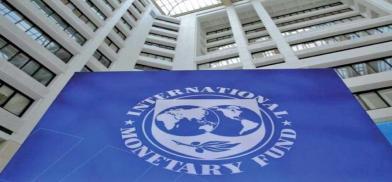Maldives advised by IMF against printing more money
The Maldives should not print more money if it wants to maintain its current exchange rate, the International Monetary Fund (IMF) advised the country, adding the government should curtail spendings and raise funds from bonds if needed

The Maldives should not print more money if it wants to maintain its current exchange rate, the International Monetary Fund (IMF) advised the country, adding the government should curtail spendings and raise funds from bonds if needed.
Significantly, both Pakistan and Sri Lanka, which have printed excessive money after the pandemic-induced slowdown, are now struggling to stabilize their exchange rate.
IMF Directors agreed “that a tighter monetary policy stance may be needed to ensure compatibility with the exchange rate peg, lower external imbalances and build up reserves.” Printing money in order to propel growth by boosting demand has turned out counterproductive for Sri Lanka and Pakistan as both failed to stabilize their external market.
IMF has cautioned against (the) central bank financing of the government and encouraged developing a comprehensive debt management strategy, coupled with public financial management reforms, to manage the risks from large infrastructure projects and state-owned enterprises.
Further complicating the problem are the Chinese loans that the archipelago had taken to build infrastructure. It has a 200 million dollar international sovereign bond, which has been re-financed with a Sukuk.
The Maldives, which is a tourism-dependent economy, mostly gets its dollars from the tourism industry. However, the Covid-19 pandemic has delivered a blow to the industry and severely hampered the country’s capability to pay these loans.
“Nonetheless, fiscal and external positions are projected to remain weak over the medium term, underpinned by capital expenditure plans,” the IMF statement said.“The Maldives remains at a high risk of external debt distress and a high overall risk of debt distress.
The statement also highlighted that the total public and publicly guaranteed (PPG) debt-to-GDP ratio increased from 78 percent in 2019 to 146 percent in 2020, reflecting mostly the contraction in nominal GDP, but also an expansion in nominal debt.
The recent revival of the tourism industry has raised hopes but the challenges are far from over. In September, the total tourists’ arrival almost matched that of the pre-pandemic time. However, full annual recovery is unlikely this year.
(SAM)








Post a Comment